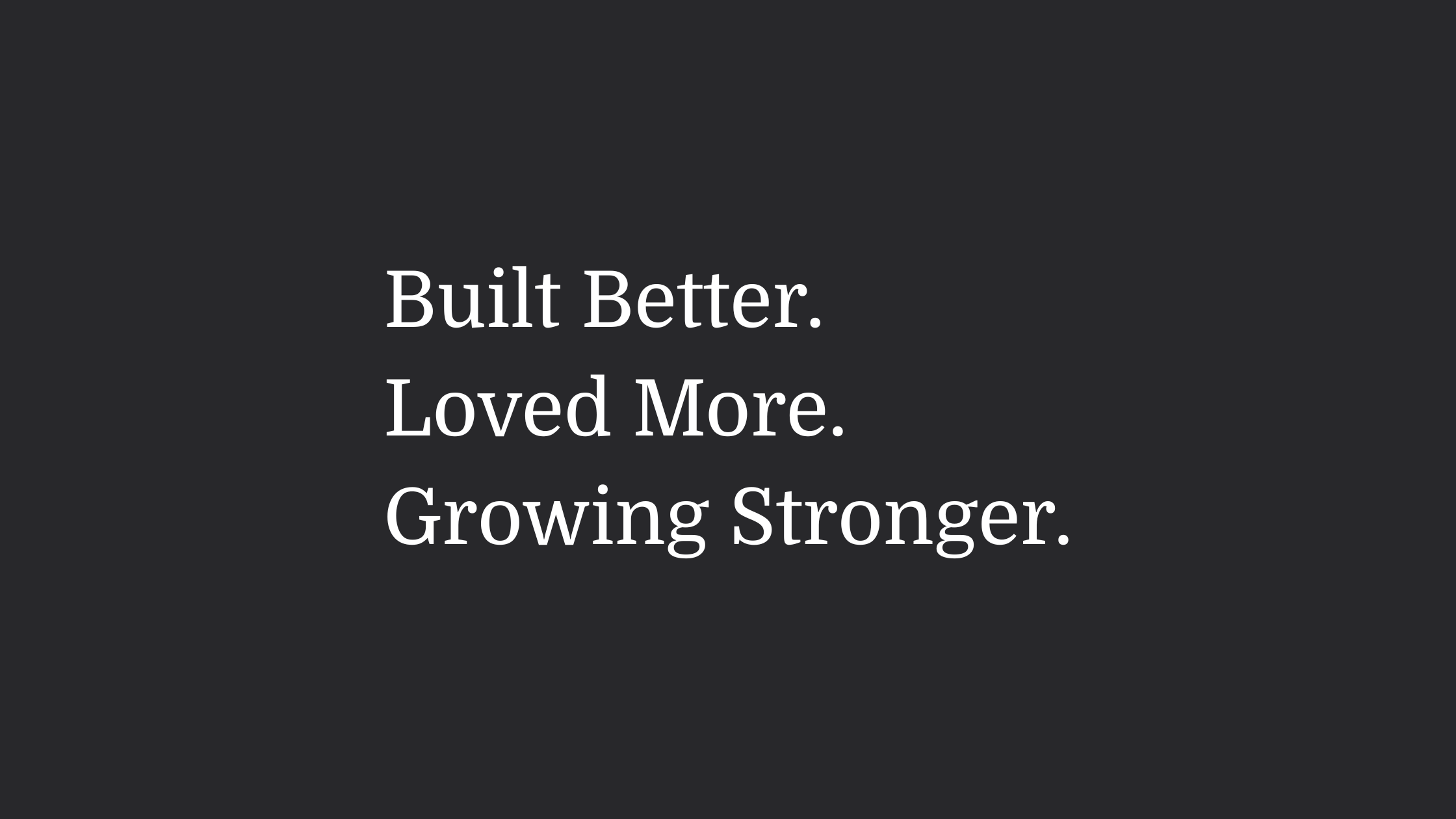Interview multiple candidates
Lorem ipsum dolor sit amet, consectetur adipiscing elit proin mi pellentesque lorem turpis feugiat non sed sed sed aliquam lectus sodales gravida turpis maassa odio faucibus accumsan turpis nulla tellus purus ut cursus lorem in pellentesque risus turpis eget quam eu nunc sed diam.
Search for the right experience
Lorem ipsum dolor sit amet, consectetur adipiscing elit proin mi pellentesque lorem turpis feugiat non sed sed sed aliquam lectus sodales gravida turpis maassa odio.
- Lorem ipsum dolor sit amet, consectetur adipiscing elit.
- Porttitor nibh est vulputate vitae sem vitae.
- Netus vestibulum dignissim scelerisque vitae.
- Amet tellus nisl risus lorem vulputate velit eget.
Ask for past work examples & results
Lorem ipsum dolor sit amet, consectetur adipiscing elit consectetur in proin mattis enim posuere maecenas non magna mauris, feugiat montes, porttitor eget nulla id id.
- Lorem ipsum dolor sit amet, consectetur adipiscing elit.
- Netus vestibulum dignissim scelerisque vitae.
- Porttitor nibh est vulputate vitae sem vitae.
- Amet tellus nisl risus lorem vulputate velit eget.
Vet candidates & ask for past references before hiring
Lorem ipsum dolor sit amet, consectetur adipiscing elit ut suspendisse convallis enim tincidunt nunc condimentum facilisi accumsan tempor donec dolor malesuada vestibulum in sed sed morbi accumsan tristique turpis vivamus non velit euismod.
“Lorem ipsum dolor sit amet, consectetur adipiscing elit nunc gravida purus urna, ipsum eu morbi in enim”
Once you hire them, give them access for all tools & resources for success
Lorem ipsum dolor sit amet, consectetur adipiscing elit ut suspendisse convallis enim tincidunt nunc condimentum facilisi accumsan tempor donec dolor malesuada vestibulum in sed sed morbi accumsan tristique turpis vivamus non velit euismod.
Define your objectives
The first step to establishing a comprehensive creative strategy is to specify what you want your marketing to achieve. To do this, you must analyse your objectives:
- Who is your marketing for?
- What problems are you trying to solve?
- What outcomes are you hoping for?
- How does this fit into your content strategy?
- What does your brand voice look like?
- What do you stand to gain as a business or a brand?
Understanding these questions and answering them honestly will not only help you progress your strategy, but a clearly defined objective will give you the best footing as you begin to scope out your creative plan.
Researching your target audience
When building your creative strategy, it’s essential to understand your target audience. Your designs and copy could be incredible content, however, if it’s placed somewhere where your audience can’t see it or is based around topics that don’t appeal to them, then you will constantly miss the mark. No matter how good your marketing is.
Understanding your audience means recognising their motivations, their needs and their engagement habits. From there, you can create campaigns that resonate with your community, drive engagement and achieve the desired results. This understanding will allow you to tailor your tone of voice, design vision, choice of platform and what your audience journey looks like.
Choosing the right channel
Once you’ve established your objectives and researched your target audience, it’s time to determine the channel that will carry your message. Now is a great time to refer back to those core objectives and ask yourself what your marketing is aiming to achieve and where that is most likely to happen.
Social media is a great way to reach a multitude of different audiences and drive engagement; on the other hand, email campaigns feel a lot more personal and can nurture loyal customer relationships. And then there’s paid advertising, which can drive traffic to a specific landing page and generate revenue.
Leaning on your target audience research will help you look into their viewing habits and determine the best platform to push. For example, if those habits show that they’re more likely to view your content on social media, you can then look into which social media platforms they use most frequently, such as LinkedIn, Instagram, X (formally Twitter), TikTok or Threads - and then tailor your brand voice and content accordingly.
Keep in mind your customer journey and the right touchpoints that will resonate with them. Be it a paid ad on social media that grabs their attention through to conversion on your website. Mapping out this customer experience in line with your creative decisions will ensure that your efforts bear fruit.
The data doesn’t lie
So you’ve defined your objectives, put together a research dossier on your target audience and highlighted your ideal channels for your content - brilliant! However, to take the next step forward, we first need to take a step back.
Being able to assess your data set is one of the key ways to build a thorough creative strategy. For example, you want to promote a paid advertisement on social media - that’s all well and good, but what were the results of the last paid ad campaign you undertook? Did it work? Was the engagement high or low? When in the calendar was it performed? And if it failed, what could you do differently to succeed this time?
Your data sets are your performance journals. They provide you with statistics and insights and help you eliminate guesswork. They’ll contribute measurable results and allow you to make informed, creative decisions with the evidence to champion them.
Target. Tweak. Test.
Your strategy doesn’t have to be linear. Marketing is made up of multiple spinning plates - when some stop, others begin. So, making sure you’re always flexible with your strategy is crucial for staying ahead of the curve.
A/B testing is a great way to maintain this fluidity. Testing allows you to set different variables to highlight the best route forward. Say you’re running an email marketing campaign and you’re not convinced whether your email copy should include images or a video. A/B testing will split your audience into two and allow you to measure the results against each other. This way, you can distinguish the best plan of action instead of accumulating a mesh of different design choices and thus reducing the risk of miscommunication.
Understanding the outcomes of these controlled experiments and creating these feedback loops of data will put you in good stead for future campaigns.
Keep it ‘brief’
Strategies can sometimes become overwhelming. So much information thrown together and an inability to focus on a concentrated idea can leave you chasing your own tail.
However, creating small, actionable creative briefs for each asset or campaign creates clarity in what you’re trying to achieve. It also ensures efficiency and time management, as you’re not being bogged down by design choices and outside noise
Attaching KPIs to these actionable briefs will also allow you to evaluate the success of these creative choices and will alert you to any changes of tack that might need to be made to get you back on track.
Dot the i's and cross the t's
So you’ve got your creative strategy prepped in your back pocket and you’re ready to start - but before you do, it’s time for a final alignment check.
It’s important that you look back over your strategy and evaluate if it aligns with the vision for your campaigns. If your brief is client-facing, this could also be a good opportunity to sit down with them if you haven’t already, and ensure there’s no misalignment between the two parties.
This is also a great moment to sync with other parts of your team and ensure that all of your assets are lined up with the strategy. This will ensure that your creative, copywriters, paid media and SEO teams are all singing from the same hymn sheet.
A creative strategy isn’t just about getting all your ducks in a row – it’s an ongoing process of analysing the fundamentals of your brand’s purpose. By defining these core messages, you can create campaigns that consistently hit the mark and leave a lasting impression on your audience, all building to the future growth of your brand.
If you’re struggling to establish a creative strategy for your business – and feel you could benefit from some support – we’d love to hear from you! Get in touch to see how we can help you build your creative strategy and set up your business to convert.
Not quite sure how important brand awareness really is? Don’t worry – we’ve written a blog all about it, and why it plays a bigger role in your marketing success than you might think.
You can read it for free here.
Block Quote









